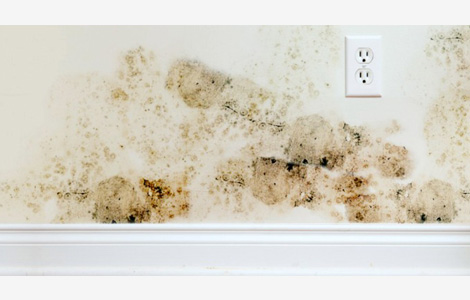The presence of mould in a living space is a known health issue and recently municipal authorities have been clamping down on defaulters with Orders to Remedy. Mostly affected are landlords whose tenants carry out illegal growing of marijuana operations indoors. This has become a major problem for communities across Ontario. These operations usually cause problems to building and the environment. When caught by Law enforcement authorities, building owners are issued Order to Remedy defects caused by the illegal operations. Building occupancy permits are withdrawn and the buildings are designated as unsafe. The buildings remain unusable until remediation is completed and safe for use. Damage to a building due to a marijuana grow-op is typically associated with excessive mould due to extensive, long-term exposure to high humidity levels, light, and high temperatures. A grow operation can also affect a building’s structural components by exposing them to humidity, or by altering components to create conditions necessary for plant cultivation.
Damage to a building due to a marijuana grow-op is typically associated with excessive mould due to extensive, long-term exposure to high humidity levels, light, and high temperatures. A grow operation can also affect a building’s structural components by exposing them to humidity, or by altering components to create conditions necessary for plant cultivation.
PEG has assisted property owners by conducting environmental and structural impact assessments of damages caused by operations. In addition, the building may be required to satisfy requirements from multiple regulatory bodies, insurance companies, or lenders etc. Our report complies with the City of Toronto’s Mould Remediation Guidelines and includes:
- Visual inspection of interior and exterior elements to assess the extent of damage and visible signs of mould.
- Air quality testing to determine the concentration of different types of bacteria and other hazardous biological and chemical substances associated with fungal (commonly mould) and health issues.
- Destructive testing of concealed building elements such as removing carpeting or flooring and cutting holes in walls/ceilings and ventilation ducts to inspect the insulation materials and to detect signs of hidden mould.
- Inspection of the structural components of the building that may have been affected by the humidity or by changes made to the structure to accommodate the marijuana grow-op to determine if there are any damages that have compromised its structural integrity.
- Recommendations for remedies in order to restore the property to safe use and to comply with the guidelines and other legal requirements.
- A full written report, which includes a description of the property and the affected areas, the findings, laboratory results, photograph documentation, and recommendations for remediation.
- Post-remediation work assessment to ascertain the total effectiveness of remedial work.
